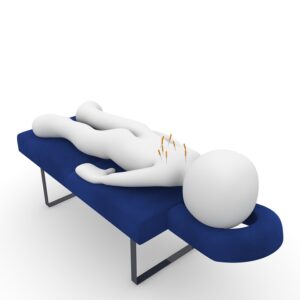Did you ever consider yoga, acupuncture, or tai-chi as forms of pain relief? A review of U.S.-based clinical trials conducted by a group of scientists at the National Center for Complementary and Integrative Health (NCCIH) at the National Institutes of Health concluded that these complementary health approaches can effectively manage common pain conditions.
Pain cannot always be fully relieved by medications, complicating the lives of millions of Americans. These complementary health approaches are subsequently sought out, but until now, physicians have lacked sufficient evidence to properly guide patients and recommend these approaches. The NCCIH’s study changes all of that, giving physicians more information regarding the health benefits of yoga and tai-chi among others to aid them in managing their patients’ pain.
The study itself involved a review of 105 U.S. based randomized controlled trials spanning the past 50 years. Each of these trials were selected due to their relevance to pain patients in the U.S. and their adherence to certain inclusion criteria. Specifically, the review focused on clinical trial results on seven different methods to help five painful conditions: back pain, osteoarthritis, neck pain, fibromyalgia, and severe headaches and migraine.
Results showed that the following were most useful in offering pain relief:
- Massage therapy for neck pain with adequate doses and for short-term benefit
- Relaxation techniques for severe headaches and migraine.
- Acupuncture and yoga for back pain
- Acupuncture and tai chi for osteoarthritis of the knee
Additionally, researchers found that spinal manipulation, massage therapy and osteopathic manipulation can provide some benefit to patients suffering from back pain, and tai chi and relaxation approaches could help those with fibromyalgia although the evidence was less in both cases.
In sum, the data has given physicians a way to be able to effectively discuss non-medication based pain management.
For more information, visit: www.nih.gov/

